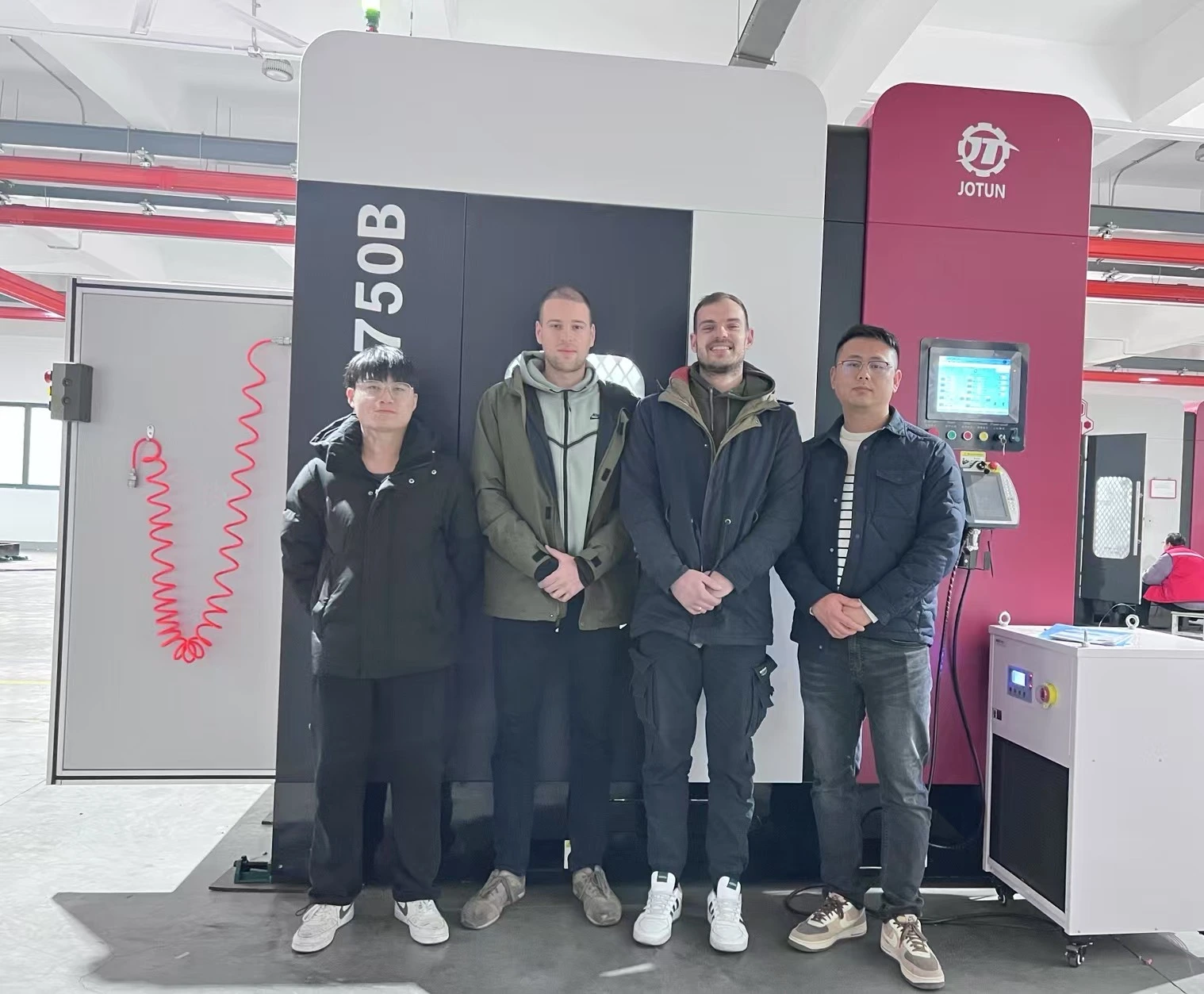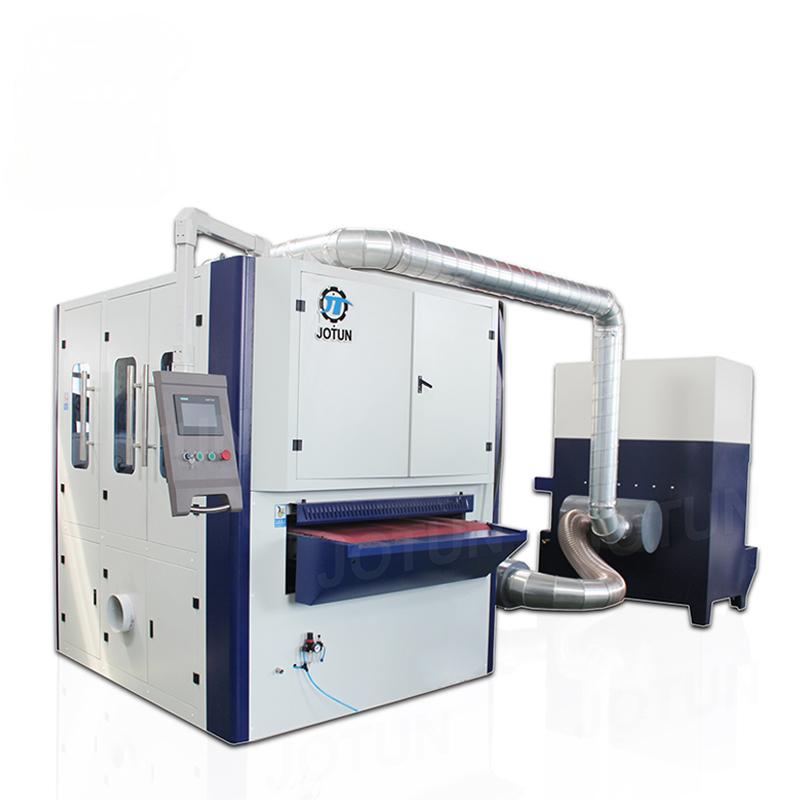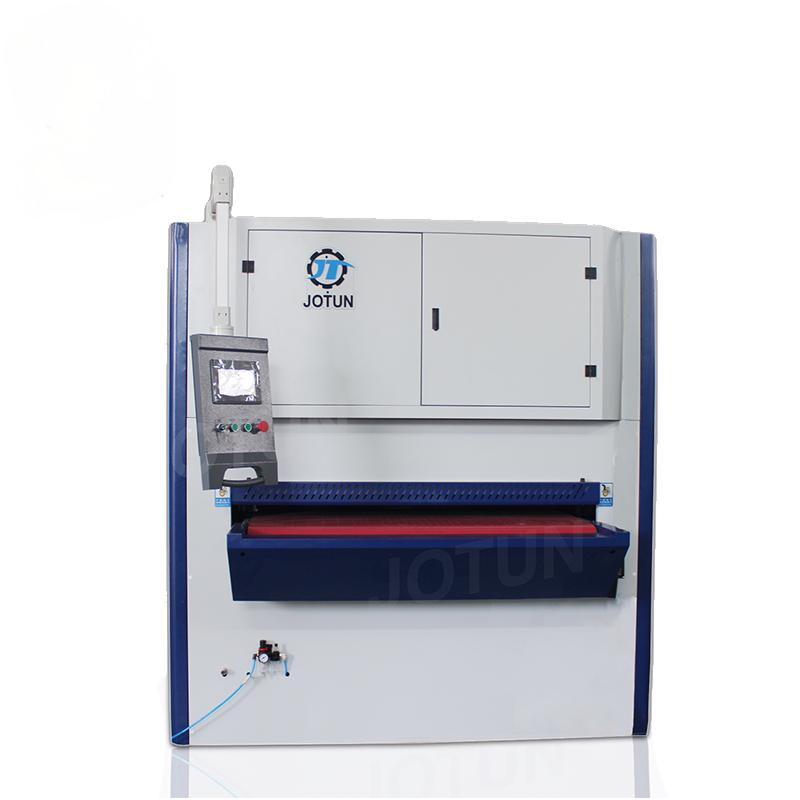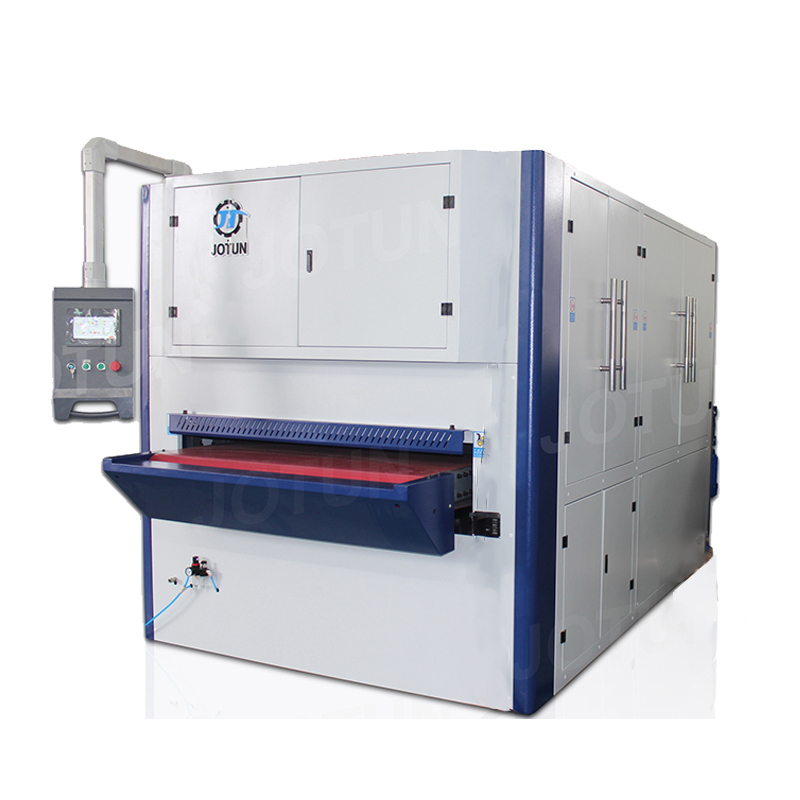Deburring is a crucial step in the manufacturing process, essential for removing burrs, sharp edges, and excess material from workpieces to ensure smooth and safe operation. With advancements in technology, a variety of deburring machines are available, each designed to meet specific needs. This article explores the different types of deburring machines, their applications, and the benefits they offer.
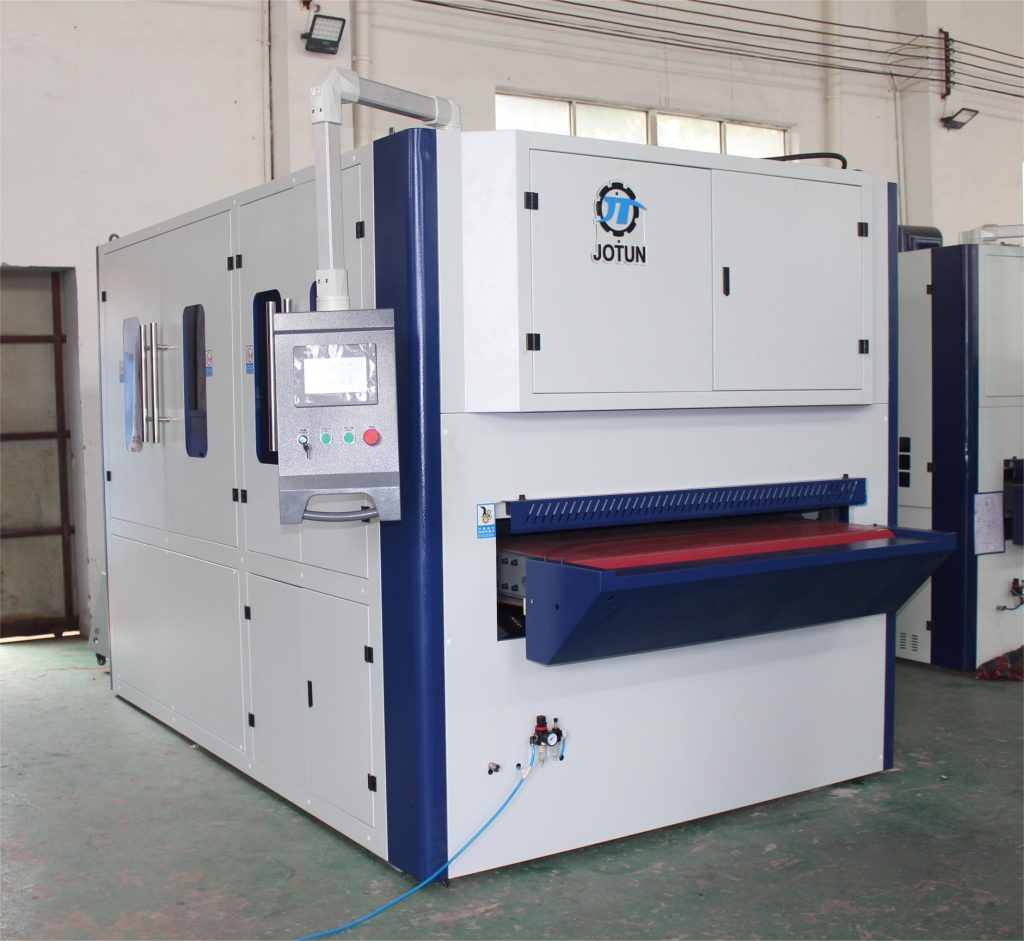
-
Rotary Deburring Machines
Rotary deburring machines are among the most versatile and widely used. They come in various forms:
Handheld Rotary Tools: These manual tools, such as grinders and sanders, are ideal for small, intricate tasks or areas that are challenging to reach with larger machines. They offer flexibility and control but require more manual effort.
Bench Grinders: These machines feature abrasive wheels or belts and are used for deburring and polishing smaller components. They are perfect for precision work and can handle a range of materials.
-
Abrasive Belt Deburring Machines
Abrasive belt machines are designed for efficient and consistent deburring of flat or contoured surfaces:
Belt Sanders: These machines use continuous abrasive belts to remove burrs and smooth surfaces. They are suitable for both small and medium-sized workpieces.
Wide-Belt Sanders: For high-volume production or larger workpieces, wide-belt sanders provide uniform deburring across expansive surfaces, enhancing productivity and consistency.
-
Barrel Tumblers / Vibratory Deburring Machines
Barrel tumblers and vibratory machines are used for mass finishing:
Vibratory Tumblers: These machines use vibration and abrasive media, such as ceramic or plastic, to deburr and polish parts. They are effective for large quantities of small parts, offering consistent results.
Centrifugal Barrel Tumblers: Utilizing centrifugal force, these machines improve deburring efficiency, making them ideal for smaller or delicate parts that require precise finishing.
-
Disc / Orbital Sanders
Disc and orbital sanders are known for their effective surface finishing capabilities:
Disc Sanders: Employing abrasive discs, these machines are excellent for removing burrs from flat surfaces. They are commonly used in finishing operations for both metal and plastic parts.
Orbital Sanders: With random orbital motion, these sanders reduce visible scratch patterns, providing a smoother finish and reducing the risk of surface damage.
-
Brush Deburring Machines
Brush deburring machines use rotating brushes to handle complex or irregularly shaped workpieces:
Manual and Automatic Brush Machines: These machines are equipped with abrasive bristles that clean both internal and external surfaces of components, ensuring a consistent finish and effective burr removal.
-
Electrolytic Deburring Machines
Electrolytic deburring (ECD) machines utilize an electrolytic process to remove burrs from conductive materials:
ECD Machines: This method is particularly suited for intricate or high-precision parts. It offers a clean and precise deburring process, especially for components with complex geometries.
-
Waterjet Deburring Machines
Waterjet deburring machines use high-pressure water for cleaning and deburring:
High-Pressure Waterjet: This method is ideal for delicate or heat-sensitive materials, providing a precise and clean deburring process without affecting the integrity of the workpiece.
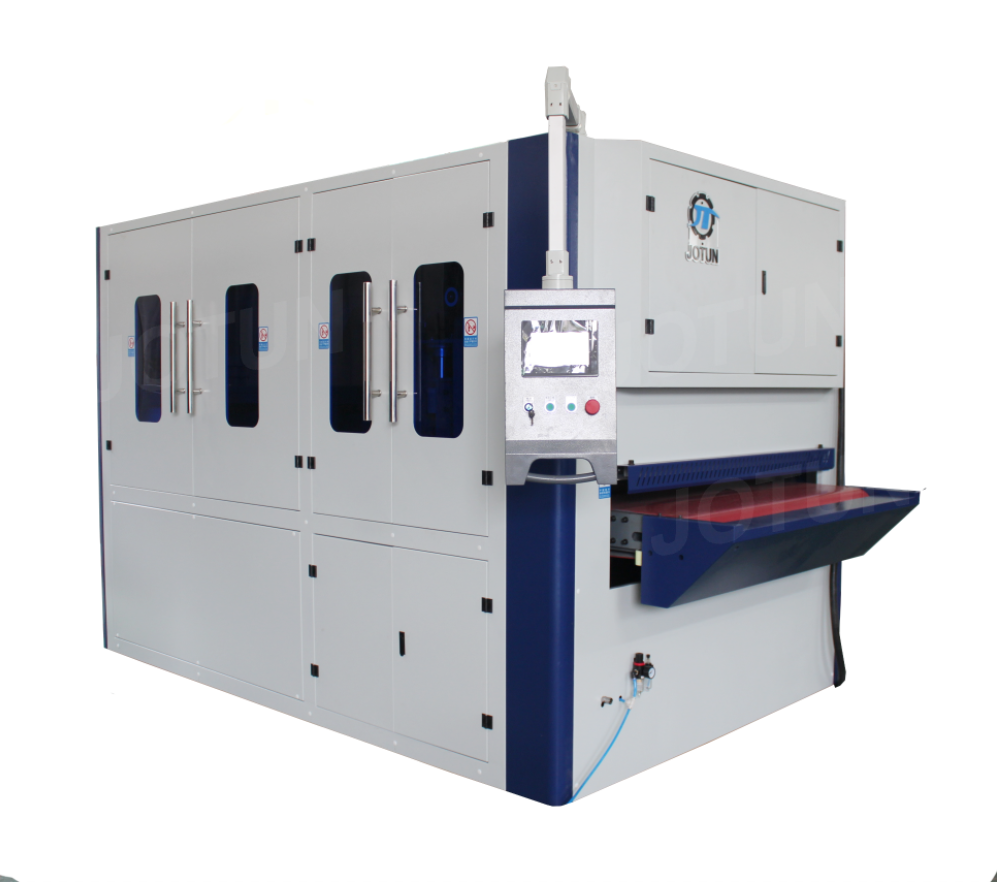
-
Blasting Machines
Blasting machines use abrasive media propelled at high speeds to clean and deburr workpieces:
Shot Blasting: This technique is effective for large or heavy components, using steel shot or grit to achieve the desired surface finish.
Sandblasting: Similar to shot blasting but using sand or other abrasives, sandblasting is suitable for a range of applications, including surface cleaning and deburring.
-
CNC Deburring Machines
CNC deburring machines are automated solutions for high-volume or complex parts:
Automated CNC Machines: Equipped with robotic arms or automated tools, these machines handle deburring tasks with high precision. They are ideal for repetitive tasks and complex geometries, ensuring consistent and efficient processing.
-
Ultrasonic Deburring Machines
Ultrasonic deburring machines use high-frequency sound waves to clean and deburr intricate parts:
Ultrasonic Cleaning: This method is perfect for components with complex geometries, as it provides a thorough clean and deburr without physical contact, reducing the risk of damage.
Conclusion
Choosing the right deburring machine depends on various factors, including the type of material, the size and shape of the workpiece, production volume, and the desired finish quality. Each type of deburring machine offers unique benefits, and understanding these options can help you select the most suitable solution for your manufacturing needs. Whether you require precision for delicate parts or high efficiency for mass production, there is a deburring machine tailored to meet your specific requirements.



